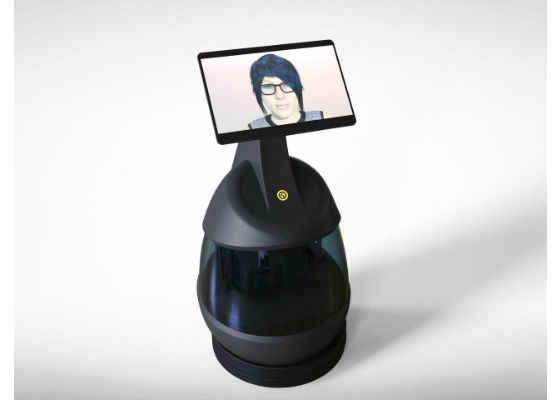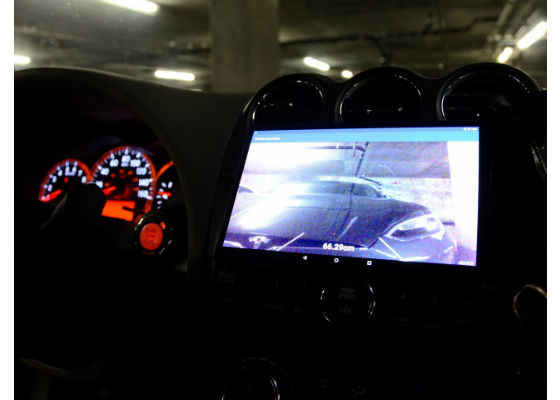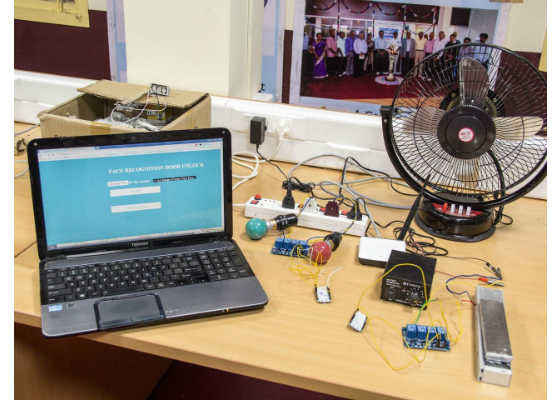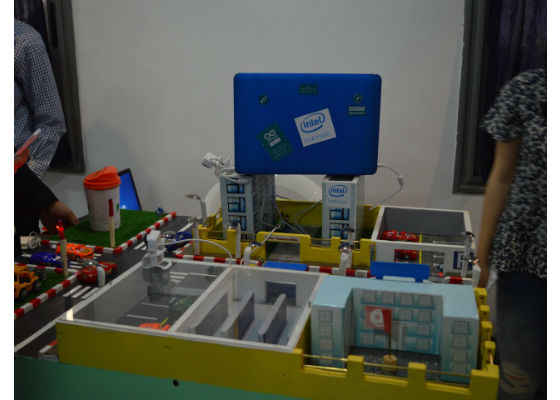Intel Developer Mesh: Editor’s Picks June 2017
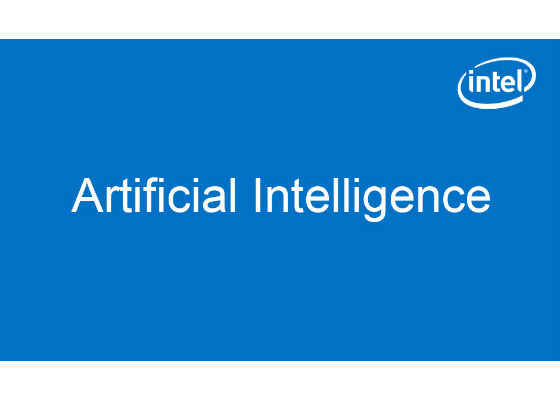
Every month I pick out 5 projects from Intel® Developer Mesh that I find interesting and share them with you. Internet of Things (IoT) is the main theme this month. All of these projects use sensors to send and receive data in ways to enhance or improve our way of life. I hope you’ll join me in getting to know more about the creative things our innovators are working on.
ASTRO
Assistance, Safety and Telepresence Robot Officemate, aka ASTRO, is a versatile robot designed by Silviu-Tudor Serban to improve productivity and safety in the workplace. Robots are increasingly taking over all kinds of tasks for us, from behind the scenes as they clean our homes, to more up front activities like delivering room service. So it makes sense that we are going to start seeing robots in our office space as well. An officemate robot can monitor the lights, the locks, and more in the office, and be ‘someone’ you can talk to so you aren’t talking to yourself when working late into the night.
Vehicle Rear Vision
Just the other day I was telling my husband that my next car needs to have a backup camera. The shape of my car just makes it so hard to see how close I am to the car behind me when I’m attempting to park. The NHTSA is requiring that by 2018 all new cars sold in the United States must have a mandatory backup camera in order to reduce accidents and fatalities from back-over collisions. But you don’t have to wait until 2018 and then run out and buy a new car. Peter Ma has taken an Intel® RealSense™ R200 camera and the Intel® Joule™ developer kit and come up with a Vehicle Rear Vision solution that can be installed on the license plate on the rear of your car.
Edison Vein ID System
Biometrics have become a common part of user authentication in technical platforms. I know I use my fingerprint to login to my phone and apps many times a day. Ritik Patnaik has designed the Edison Vein ID System (EVID), an affordable solution using the Intel® Edison compute module, a low-cost NIR camera, and a low-power LED array to identify an individual’s unique finger vein pattern to authenticate and identify approved users. Ritik has plans to advance this work in the future to include using multi-modular biometrics to create an even more secure identity verification system.
Smart Home with User Feedback Interface
There are fancy smart home devices available for you to buy today, but they can be expensive and can only be used with the approved devices and accessories. Srivignessh Pacham Sri Srinivasan and his teammates have designed and implemented a custom smart home with the convolutional neural network (CNN) computer vision based interface to access door entry, turn lights & fans on or off, and detect when the trash can is getting full. This type of design allows you to fully customize the device to the equipment and needs of your home.
Smart City
Nader Rahman has taken the smart home idea and applied it to a whole city. His prototype simulates a Smart City comprised of IoT components such as an Intel® Edison board and sensors for temperature, sound, gas, etc. with an Android* mobile application. Citizens can benefit from provided services such as reserving parking spots in advance, utilize public wifi in the park with access to outlets to charge your devices, be notified of traffic dangers, and automatic ordering and delivery of groceries. The city itself also utilizes the components to manage traffic lights, automate irrigation of green areas, economically manage the electricity to street lights based on motion, and detect gas leaks. Adding sensors to a city could greatly affect utility management and emergency notification systems at a minimum, and can easily adapt to add services for citizens.
For more such intel IoT resources and tools from Intel, please visit the Intel® Developer Zone
Source:https://software.intel.com/en-us/blogs/2017/06/15/intel-developer-mesh-editor-s-picks-june-2017

